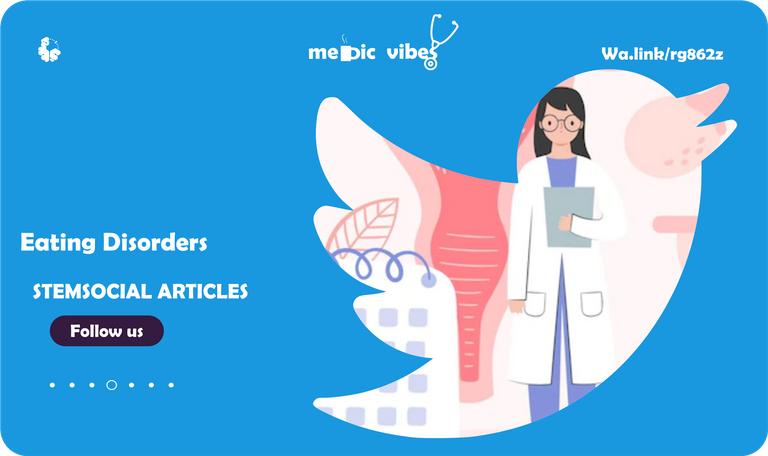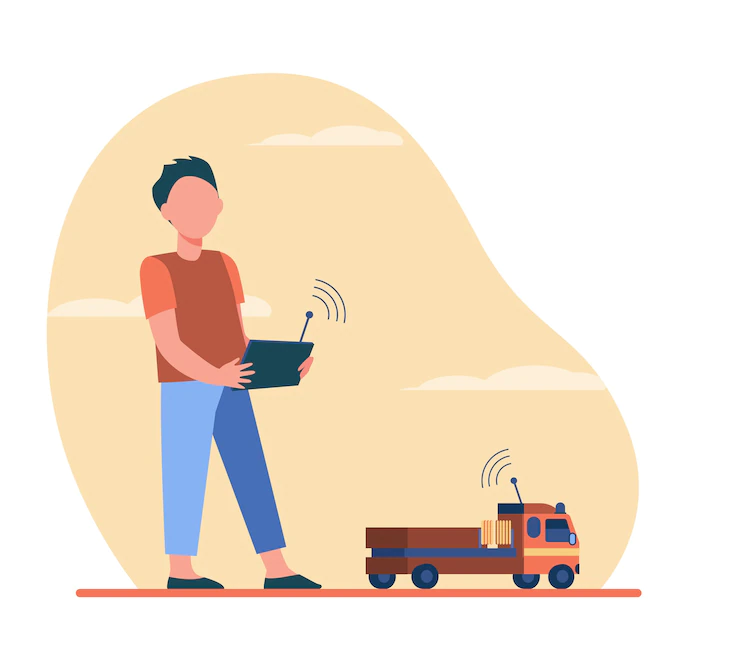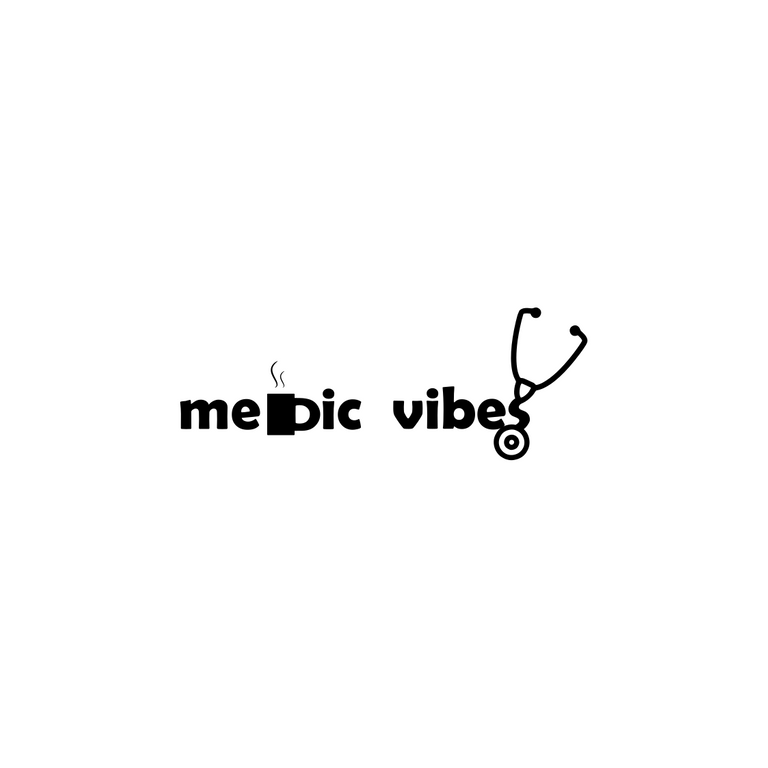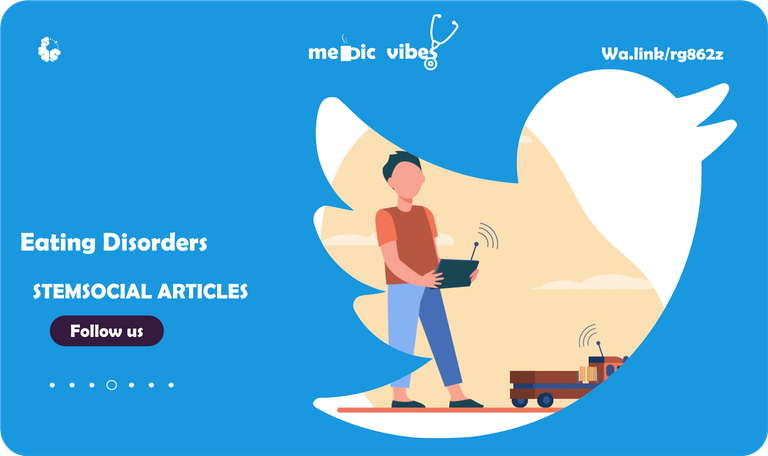Control in Eating Disorders
Depression vector created by pch.vector - www.freepik.com
to splittingblockquote class="twitter-tweet">
the comfort anorexia brings me is unmatched. nothing else in this world has ever been able to provide me w this much comfort & control, it’s addicting & that’s what makes it so sweet & destructive at the same time, but i love it
— mousseIn the last post, we saw how:
- There are different ways AN can present.
- AN can cause amenorrhea and all its complications.
- Randomised studies have shown that atypical antpsychotics are not very effective.

Depression vector created by pch.vector - www.freepik.com
WAIT TO BE OFFICIALLY DIAGNOSED OF ANOREXIA YOU NEED TO LOSE YOUR PERIOD?!?
—Welcome to Medic Vibes, where we discuss mental health disorders and make sense of them. Dr Ebingo Kigigha is a medical doctor (aspiring psychiatrist) and creative person (illustration and music). This has been our routine for four consecutive months. This month will be dedicated to Eating Disorders. In the first month, we discussed Depression, and in the subsequent month, anxiety. We just finished with Schizophrenia.
In this post, we are looking at Twitter posts. To learn more just keep scrolling down. You can also skip to the key point of the post if you which or go to the conclusion to get the summary.

In Bulimia nervous or BN, the patient binge eats and has abnormal weights that are even seen as inappropriate to cause prevent gaining weight. The patient may induce physical displeasure like causing abdominal pain or feelings of vomiting. This is then continued with a feeling of guilt, sadness or feelings of disgust.
The patients who have BN are usually within the normal weight category unlike what is seen in AN.
BN is derived from the Greek word for “ox-hunger” and in Latin, it describes a sort of nerve involvement.
Some patients with BN first try AN and when it doesn't work they continue with BN. They too crave to be thin. But they are not consistent enough to stay hungry in the face of their starvation as is seen in a patient with AN.
For some, the episodes of eating are failed attempts as striving for a thin body and breakthrough eating is what is seen in these patients when they eventually eat.
Some use eating as a means of medication when they are stressed out emotionally. The patient will still feel that they are out of control when they feed this regardless of the thoughts behind their food consumption. The patient may then purge or use excessive exercise to make for feeding in excess.
BN is more common than AN. BN is seen in about 25% of young women and it is more common in women than in men. BN typically happens at the later stages of adolescence when compared to AN.
BN may occur are early adulthood and about 1 in 5 women have BN for a short while in the tertiary institution. BN is seen most times in people who fall into the normal weight for height category and may have been obese at some point. In the US Bn is more common in black and Hispanic communities than among whites

Control in Eating Disorders (Reaction post)

The eating disorder hopes blog explains that Hilde Brunch who at the time was a well-known medical doctor outlined the fact that there is a specific issue related to the control of eating disorders. She was one of the most knowledgeable practitioners at the time in the area of eating disorders. Her works brought the medical community to the understanding that there is a relationship between control pr “mastery” associated with AN. The reason for the need for control is because of the chaos that is seen in the life of the person with AN.
The symptoms of Hilde were very linked to the patient's inability in the face of stressors and the need to take charge over certain parts of the patient's life. Other practitioners found similar findings in their practice inferring the same finding of a need to have control over a life that has been marked with failures.
The findings of this need for control as been seen mostly in AN but in bulimia, these findings have been seen to be more common. It is possible that these finding of control cuts across eating disorders.
In the mind of the patient, they see the eating disorder as an adaptive process to deal with negative emotions that typically plague them. The disorder develops into compulsions for the patient as the patient doesn’t manage the thoughts and it takes control of their need for discipline.
Hilde's research revealed that there are other aspects to the need for control like the need to control one body weight, body shape and self-worth of the patient about these factors that are under the patient's control.
Some measures try to understand the limits to which the person thinks they are in taking charge of the factors of their life. They called this the Internal locus of control. The higher the Internal locus of control the more change the patient believes they can effect. Lower levels of control are associated with thoughts of control from other factors. It is noted that women tend to have a lower internal locus of control.

Treatment
If a patient's BN is not complicated there is usually no need for admission into the hospital. The patients do not hide their symptoms like what you find in those who have AN. It is easier to treat the patient with regular clinic visits. Patients' psychotherapy usually has its highs and lows and takes a long time.
There are very good results are seen in patients that are obese.
There are cases when the patient loses control completely and binging cannot be managed from clinic visits. In such cases, the patient will need to be admitted and the patent usually binges in addition to abuse of substances and may have suicidal ideations.
The mainstay of therapy is cognitive behavioural therapy CBT. There is a lot of data to back up its use in BN. The patient will require 18 to 20 therapy visits for 5 to 6 months.
CBT has coping mechanisms that help to break patterns that are seen in those who suffer from BN particularly those of binging and it helps the cognitive problems surrounding the patient's body image problems.
This method of therapy has not been very successful in the treatment of patients who have BN. This therapy method helps however to help the patient decide on food based on the health benefits of those that do not show these benefits. The patient associates good food with good thoughts while unhealthy food is learned to be associated with bad thoughts such as vomiting. This typically makes the patient feel better for some time but they fall back to their thoughts of instability.
There are new ways of treating BN patients that are typically supplementary to CBT. Some treatment programs have added these modalities to their regimen. These include the use of emails for internet-based follow-ups and the like.
Questions
- What did you learn about Eating Diorders?
Conclusion
- BN is characterised with binging and feelings of guilt and derpession.
- There is an element of control seen in patients with AN such that the patient can deal with other chaos through abnormal eating habits.
- CBT is the main stay of treatment for BN.

References
- Kaplan-Sadocks-Comprehensive-Textbook-Psychiatry
- Page demarcations made with Inkscape.org
- Spine-Health
- Eating Disorder Hope

Thanks for your contribution to the STEMsocial community. Feel free to join us on discord to get to know the rest of us!
Please consider delegating to the @stemsocial account (85% of the curation rewards are returned).
You may also include @stemsocial as a beneficiary of the rewards of this post to get a stronger support.